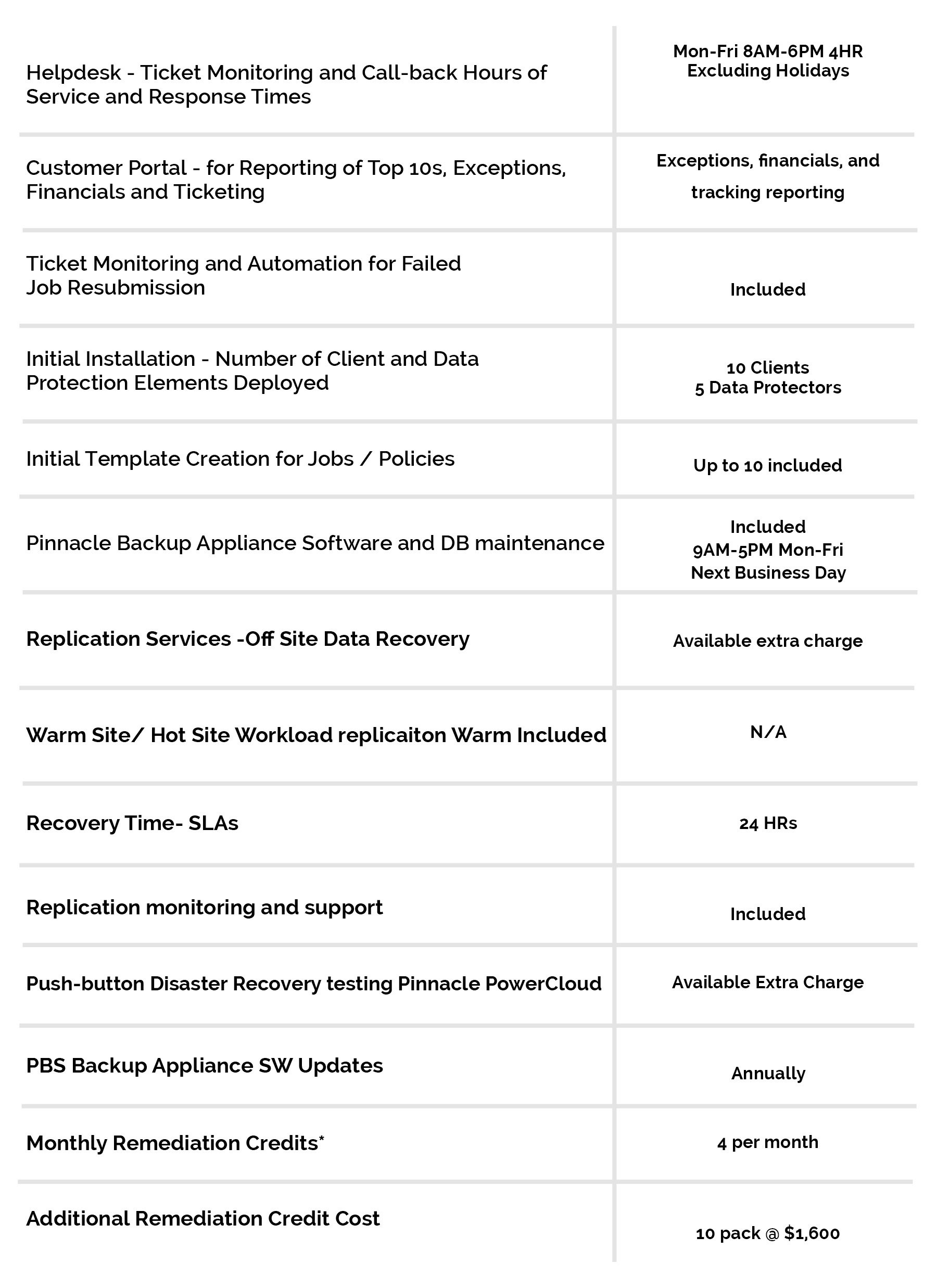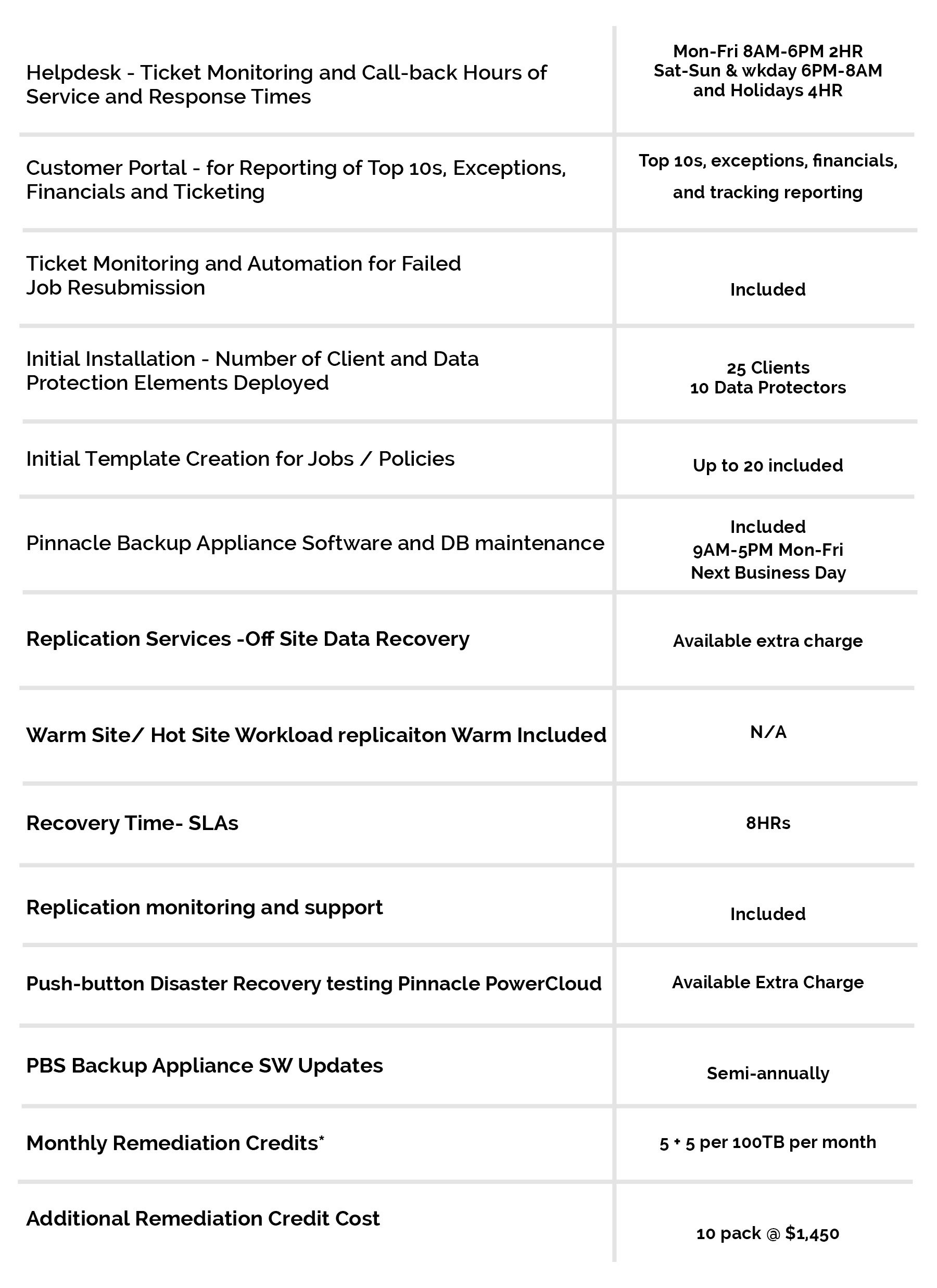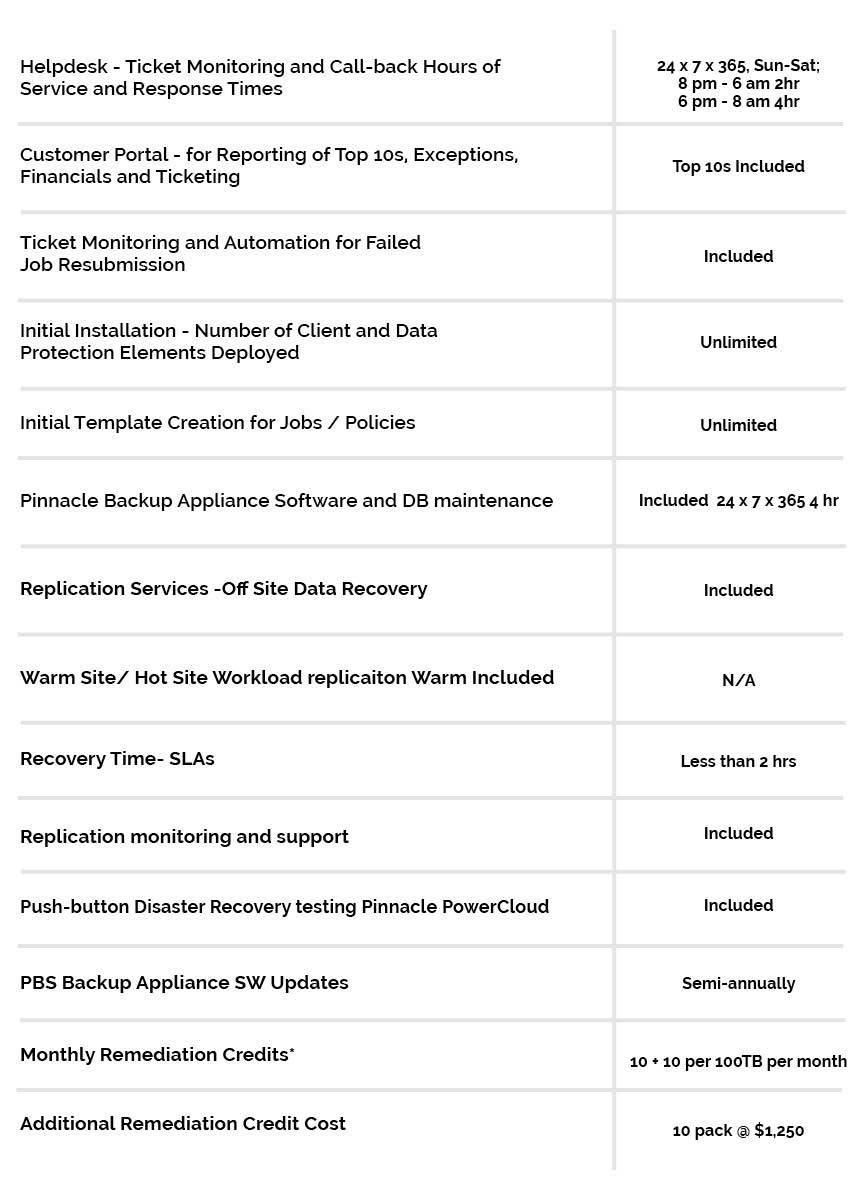28 Mar 3 network performance considerations you may be overlooking
While most IT admins and decision-makers understand that the network is the lifeblood of daily operations, many are still dealing with critical performance issues that hamper end-user access and productivity. Although some choose to go the route of overprovisioning, not every organization can afford to overestimate and potentially overspend on tech resources.
In these instances, enterprises must make the most of their existing critical infrastructure, and keep an eye out for key factors that could impact network performance. Let’s examine a few considerations that IT admins may be overlooking:
Packet loss
As Bitsum contributor Jeremy Collake pointed out, while packet loss is a familiar metric for most IT admins and network engineers, it’s ironically often overlooked in favor of deeper Quality of Service issues. However, packet loss can be one of the most debilitating problems, particularly for demanding, streaming applications like VoIP and video conferencing.
“One of the reasons they overlook it is because it’s old news – everyone knows about it, and there is no ‘magical fix’ they can quickly sell you,” Collake wrote. “Instead, you have to take actions to mitigate the problem yourself.”
It’s important that administrators keep an eye out for packet loss, and work to address the issue, especially to support the continual performance of key, communication solutions.
![3 network performance considerations you may be overlooking[1]](https://www.pbsnow.com/wp-content/uploads/2019/03/3-network-performance-considerations-you-may-be-overlooking1.jpg) Proper capacity planning
Proper capacity planning
Another key issue that creates considerable performance problems down the line is a lack of adequate capacity planning ahead of adding new solutions to the network. Capacity planning works to analyze the critical resources that each system requires to support its functionality and performance. Without proper planning here, IT admins may be deploying new solutions within a network that is already stretched thin in terms of bandwidth and resources. This can result in myriad performance problems, not only for the newly deployed platform, but other key systems as well.
“In many cases, network changes have resulted in congestive collapse causing many hours of production down time,” Cisco noted in a white paper. “In addition, a startling amount of application introductions fail and cause impact to other users and applications. These failures continue in many network organizations, yet they are completely preventable with a few tools and some additional planning steps.”
The current state and history of key systems
Although many administrators keep a close eye on the current condition of important network systems, it’s also important to examine the history of these platforms, including any trending resource usage and peak use periods. In addition to getting a clearer picture of when certain systems might need extra resources and support, analyzing historical performance metrics can help ensure that network admins have an up-to-date understanding of their network topology and dependencies.
“Every application, whether on-premise or hosted, comes with its own dependencies,” wrote Virtual Instruments’ John Gentry in an article for NetworkWorld. “Patching together the history of the IT infrastructure will help you understand exactly what you are dealing with and why.”
Having the right visibility and skills to support your key network systems and ensure their continual, top-notch performance is a top priority. To find out more about how you can improve your network performance, connect with our Pinnacle expert consultants today.





